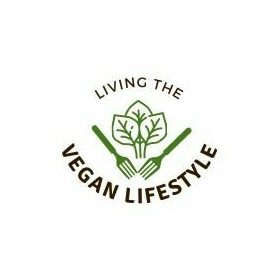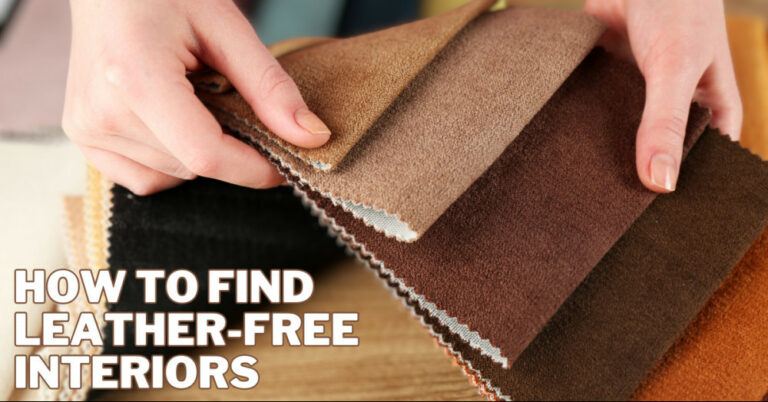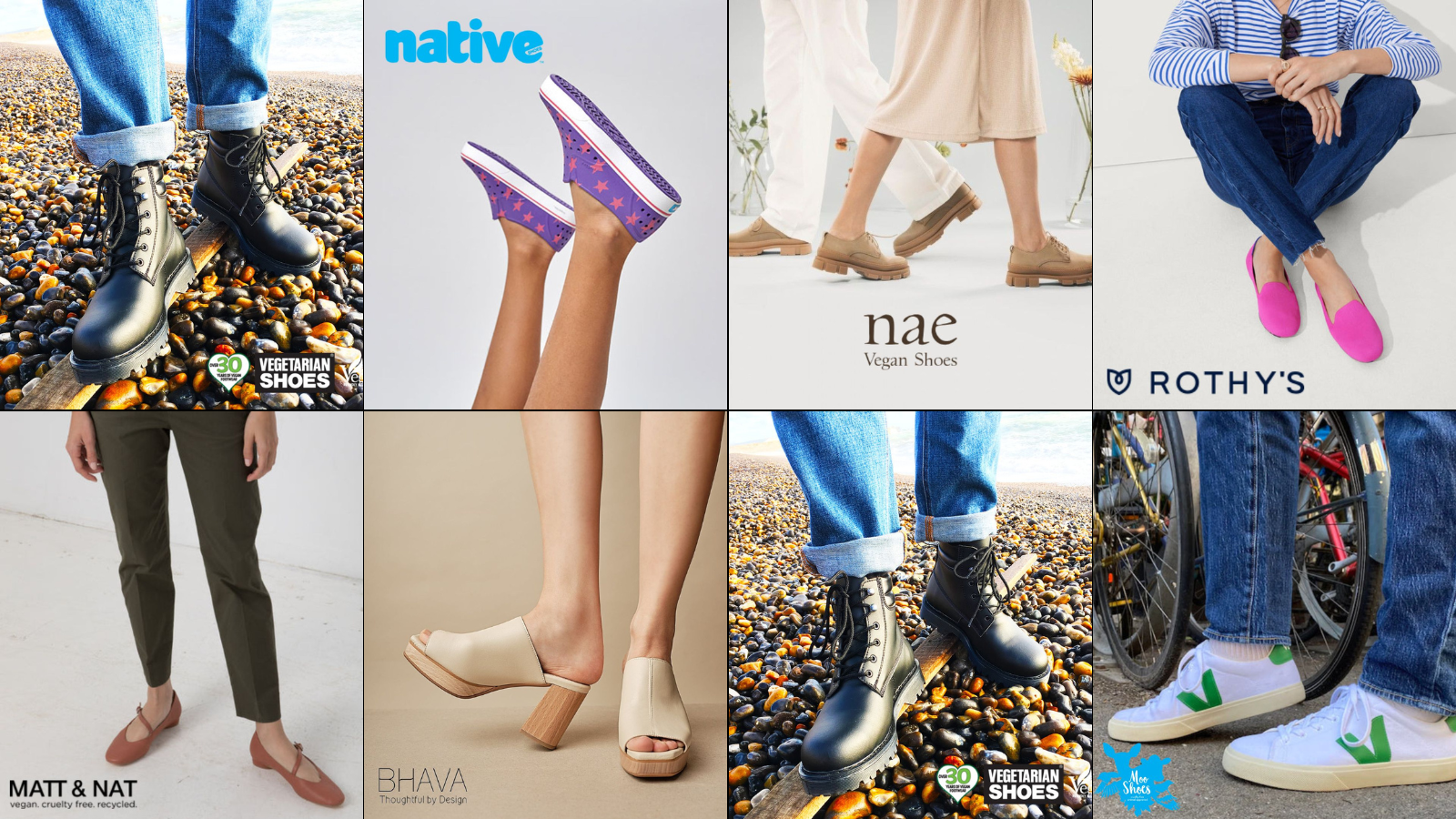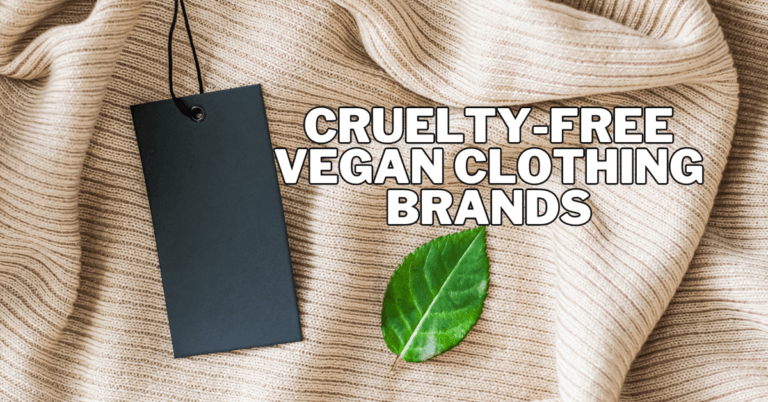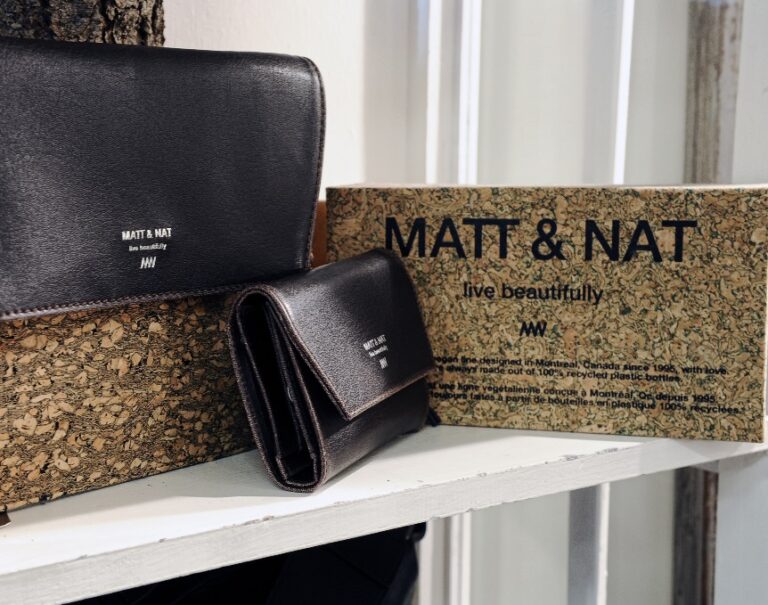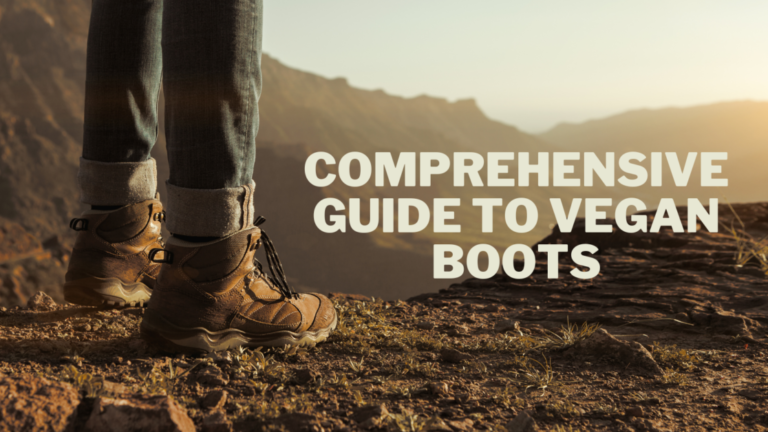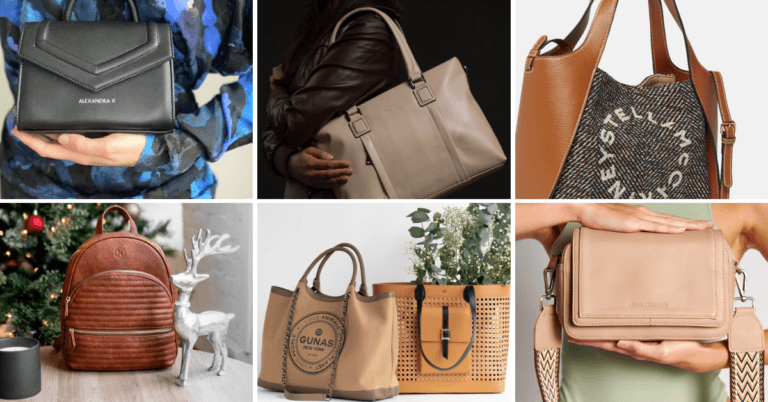Vegan Leather vs Real Leather
Vegan Leather vs Real Leather
Two contenders have emerged in the timeless narrative of fashion and functionality, each with its own tale to tell.
One is woven deep into our history, a classic with roots dating back centuries—the illustrious real leather.
The other is a modern disruptor, an emblem of innovation and ethical consciousness—the enigmatic vegan leather.
As the world pivots towards sustainable choices, the fashion landscape finds itself at a crossroads, where tradition meets transformation, and ethics intersect with aesthetics.
Join us as we journey through vegan and real leather, delving into their origins, environmental impact, style, and ethical implications.
In this duel of materials, discover which emerges as the champion or if they coexist harmoniously in the ever-evolving world of fashion and consumer values.
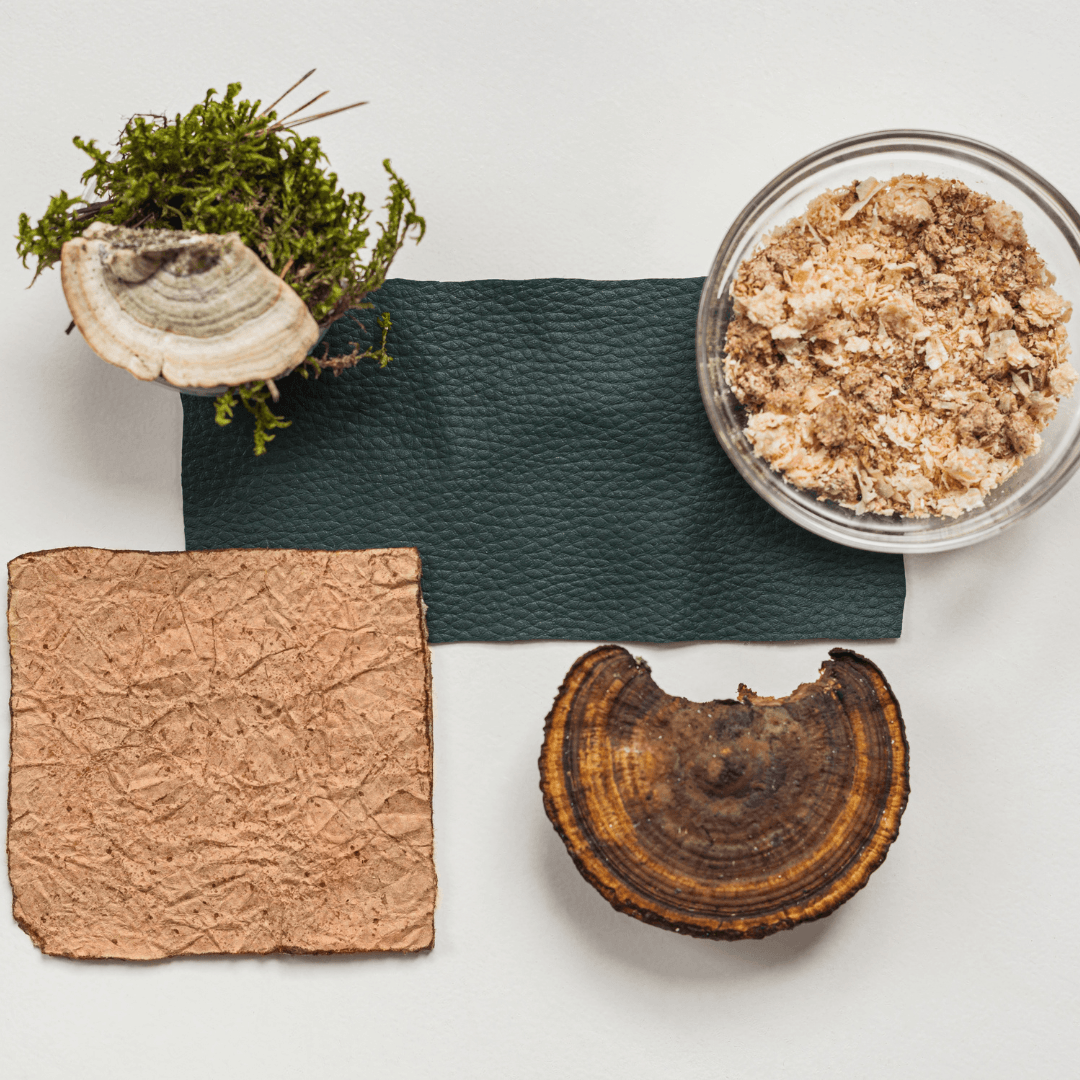
Introduction To Leather Types
Leather, an ancient and timeless material, has long been revered in human history. Real leather, derived from the hides of animals, has been utilized since time immemorial for its durability, versatility, and luxurious texture.
Its origins can be traced back to the earliest human civilizations, where it served as clothing, protective armour, and shelter.
In recent years, a newcomer has emerged on the scene—the intriguing vegan leather.
Born out of innovation and driven by ethical and environmental considerations, vegan leather offers a cruelty-free alternative to real leather.
It can be crafted from various materials, including plant-based sources like cork, mushrooms, and pineapple fibres or synthetic compounds like polyurethane.
The growing demand for sustainable and animal-friendly options has propelled its journey into the mainstream fashion and consumer industries.
Real and vegan leathers play significant roles in various industries beyond fashion, including automotive upholstery, furniture, and accessories.
Their unique characteristics and ethical considerations make them focal points of discussion as we navigate an ever-evolving world where tradition and innovation converge.
In this exploration, we will delve deeper into the nuances of these two leather types, unravelling their production processes, environmental impacts, style considerations, and ethical dimensions to help you make informed choices in a world increasingly defined by conscious consumerism.
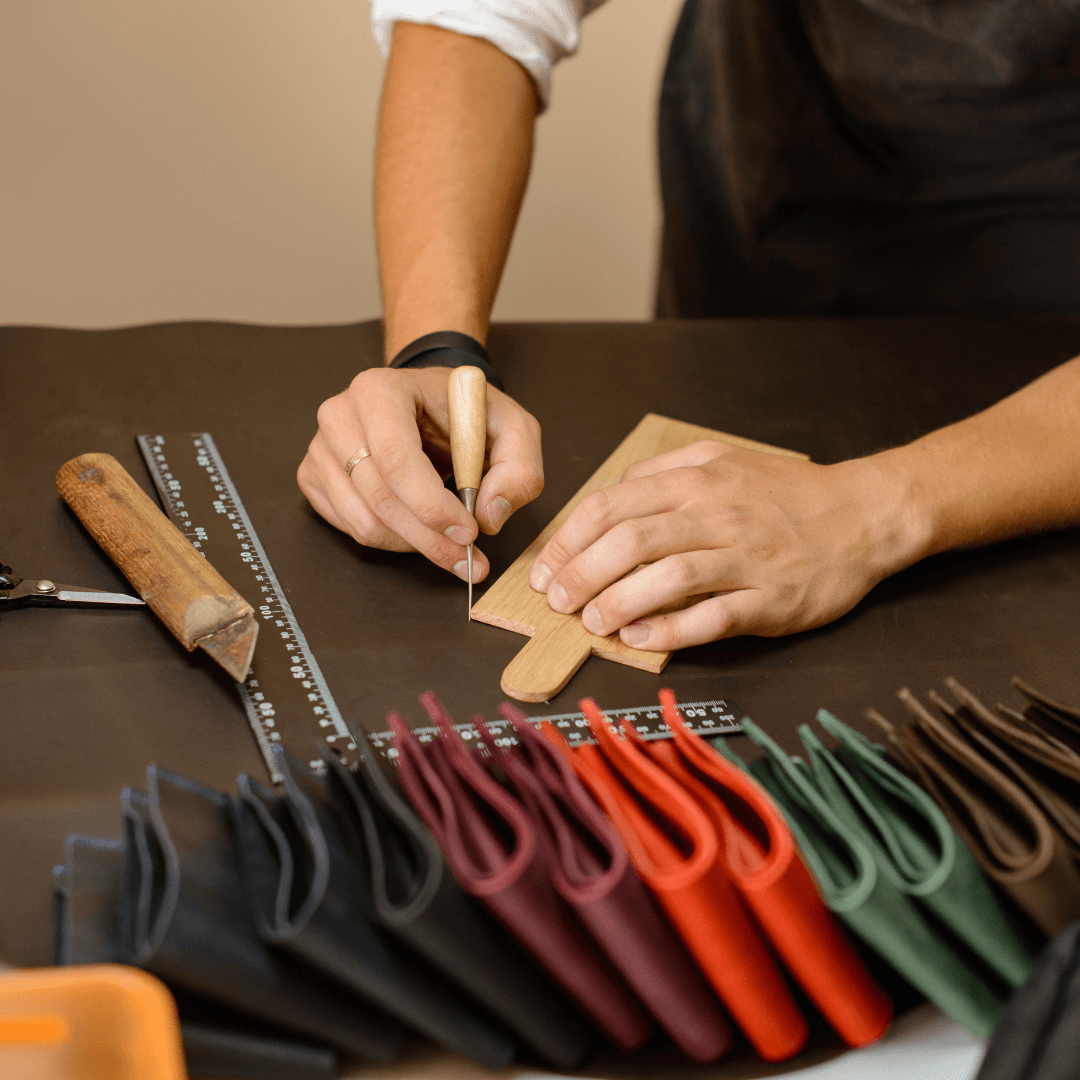
Production Process
Real Leather Production
The production of real leather begins with sourcing animal hides, typically obtained from livestock such as cows, sheep, goats, and pigs.
The first step is called “tanning,” where the raw hides are treated with chemicals to prevent decomposition and to transform them into a durable material.
There are several tanning methods, with chrome tanning being the most common due to its speed and effectiveness.
In this process, chromium salts stabilize the collagen fibres in the hides, making them decay-resistant.
The leather is finished using various techniques, including buffing, coating, and dyeing to acquire the correct colour, texture, and look.
These processes may involve using additional chemicals, such as dyes, pigments, and surface treatments, to enhance the leather's aesthetic qualities.
The resulting real leather is highly durable and has a characteristic natural grain pattern.
Vegan Leather Production
Vegan leather, in contrast, is typically produced using various plant-based or synthetic materials.
One common method involves using polyurethane (PU) or polyvinyl chloride (PVC) to create a leather-like material. In the case of PU leather, a base fabric, often made of polyester, is coated with a layer of PU resin that is textured and coloured to mimic the appearance of real leather.
Another approach to vegan leather production involves utilizing natural plant fibres, such as cork, pineapple leaves, or mushroom mycelium.
These plant-based materials are processed and treated to create a leather-like texture and appearance.
Additionally, vegan leather production often uses water-based adhesives and dyes to minimize environmental impact.
The result is a cruelty-free material that imitates the look and feel of real leather without the use of animal hides.
Vegan leather offers a versatile canvas for creative design and can be manufactured with various textures, colours, and patterns, catering to a wide range of consumer preferences.
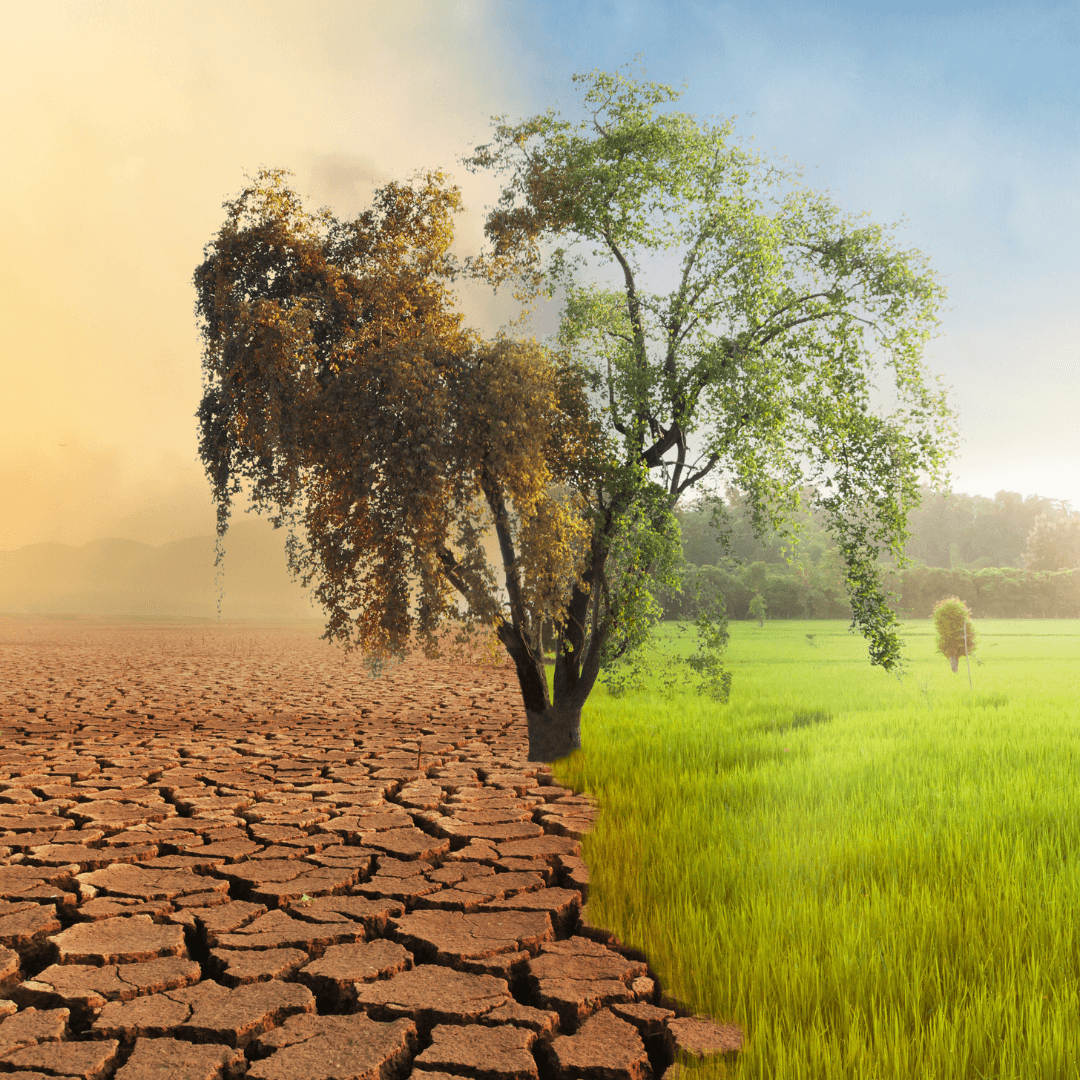
Environmental Impact
Environmental Impact Of Real Leather
The production of real leather is associated with significant environmental consequences.
One of the foremost issues is deforestation. The expansion of livestock farming for leather production often leads to deforestation, particularly in regions like the Amazon rainforest.
Trees are cleared to create pastureland for cattle, resulting in habitat loss, biodiversity depletion, and increased carbon emissions.
Another major concern is water consumption. The tanning process requires substantial amounts of water, especially chrome tanning.
The wastewater generated from leather production often contains hazardous chemicals and pollutants, which can contaminate local water sources, posing a threat to ecosystems and human health.
Additionally, the livestock industry, which supplies hides for leather, is a significant consumer of water, contributing to water scarcity issues in various regions.
Real leather production also contributes to greenhouse gas emissions. Methane, a strong greenhouse gas, is produced by livestock rearing through enteric fermentation and manure decomposition.
Furthermore, the energy-intensive processes involved in leather tanning and finishing release carbon dioxide and other pollutants into the atmosphere.
Environmental Benefits Of Vegan Leather
Vegan leather is often marketed as a more sustainable alternative due to several environmental benefits.
Firstly, it mitigates the deforestation associated with real leather production. Plant-based materials used in vegan leather, such as cork, mushroom mycelium, or pineapple leaves, do not require the clearing of forests. This reduces habitat destruction and preserves ecosystems.
Secondly, vegan leather generally has a lower water footprint than real leather. While water is still used in producing vegan leather, it is typically less intensive and can often be sourced more sustainably.
Water-based adhesives and dyes are commonly used, reducing the risk of water pollution.
Additionally, the absence of large-scale livestock farming associated with vegan leather minimizes water consumption.
Overall, vegan leather offers a more environmentally friendly alternative, addressing deforestation, reducing water usage, and mitigating greenhouse gas emissions, making it a choice that aligns with growing sustainability and ethical concerns in today's consumer landscape.
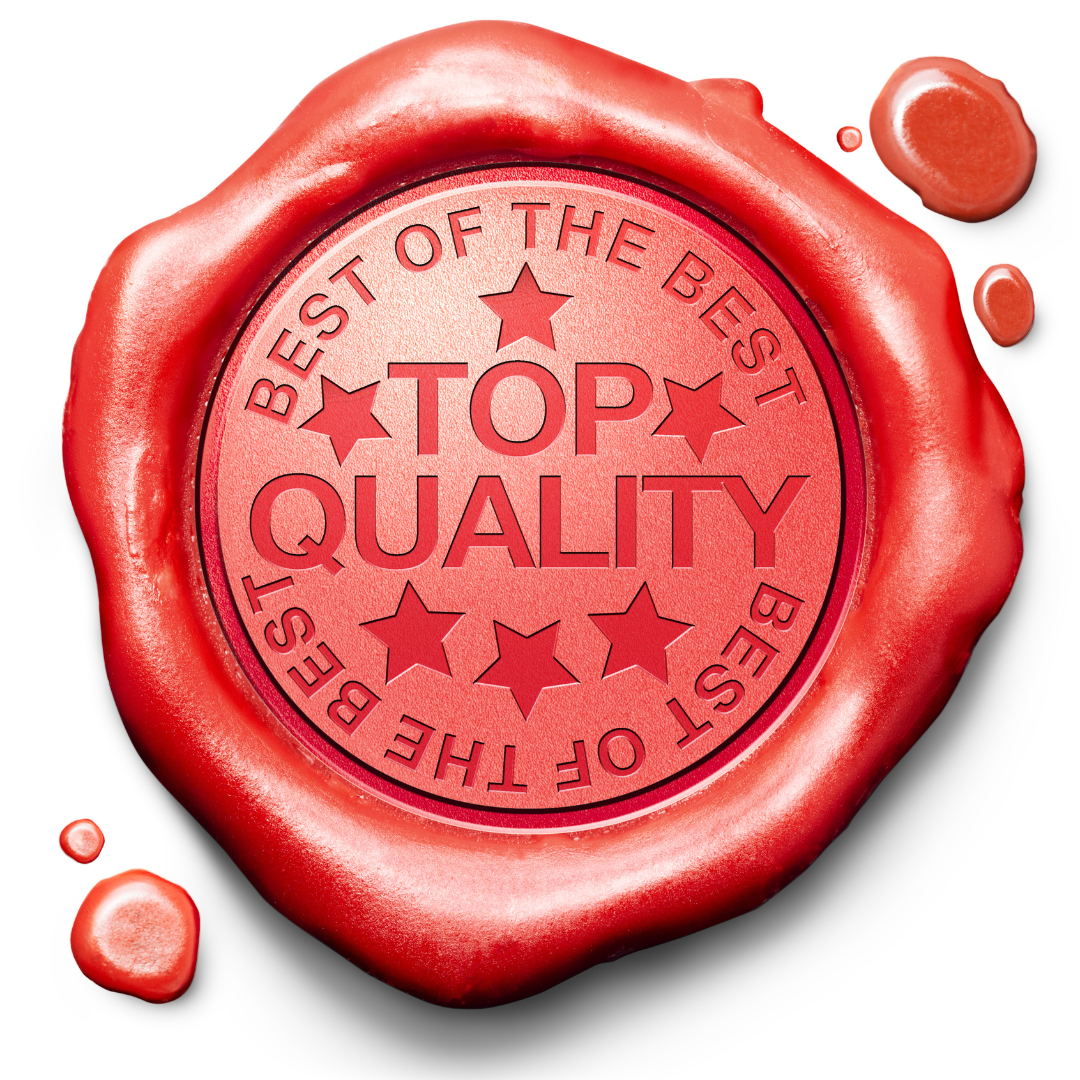
Quality And Durability
Quality And Durability of Real Leather
Real leather is renowned for its exceptional quality, longevity, and wear resistance. Two of its key attributes are its natural strength and durability.
It can gracefully withstand various environmental conditions and ages, developing a desirable patina.
Real leather often becomes softer and more supple with age, making it increasingly comfortable.
The quality of real leather is influenced by factors such as the animal species, the tanning process, and the craftsmanship.
High-quality real leather products, when well-maintained, can last for decades, if not a lifetime.
It is highly resistant to wear and tear, making it suitable for products like leather jackets, shoes, and accessories subjected to frequent use and exposure to the elements.
As real leather ages, it can develop a unique character, adding minor scratches and imperfections to its charm.
This aging process is highly valued by enthusiasts who appreciate how real leather tells a story of its use and history, making it a cherished material for heirloom pieces.
Quality And Durability Of Vegan Leather
Vegan leather may sometimes match a different level of durability and longevity than real leather.
Depending on the materials and manufacturing techniques, the quality of vegan leather products might vary greatly.
Synthetic vegan leather, often made from polyurethane (PU) or polyvinyl chloride (PVC), can be prone to wear and tear, especially in high-stress areas.
Over time, it may show signs of cracking, peeling, or fading, particularly when exposed to harsh environmental conditions.
However, technological advancements have led to more durable, high-quality synthetic vegan leather options.
Plant-based vegan leather, such as mushroom or pineapple, may offer better longevity and wear resistance than synthetic alternatives.
These materials can be quite robust and may age more gracefully, developing a patina similar to real leather.
In summary, while real leather is renowned for its durability and the graceful way it ages, the quality and longevity of vegan leather can vary depending on the specific material and manufacturing techniques.
Advances in vegan leather technology are continually improving its durability and wear resistance, making it a viable option for those who prioritize sustainability and ethics in their fashion choices.
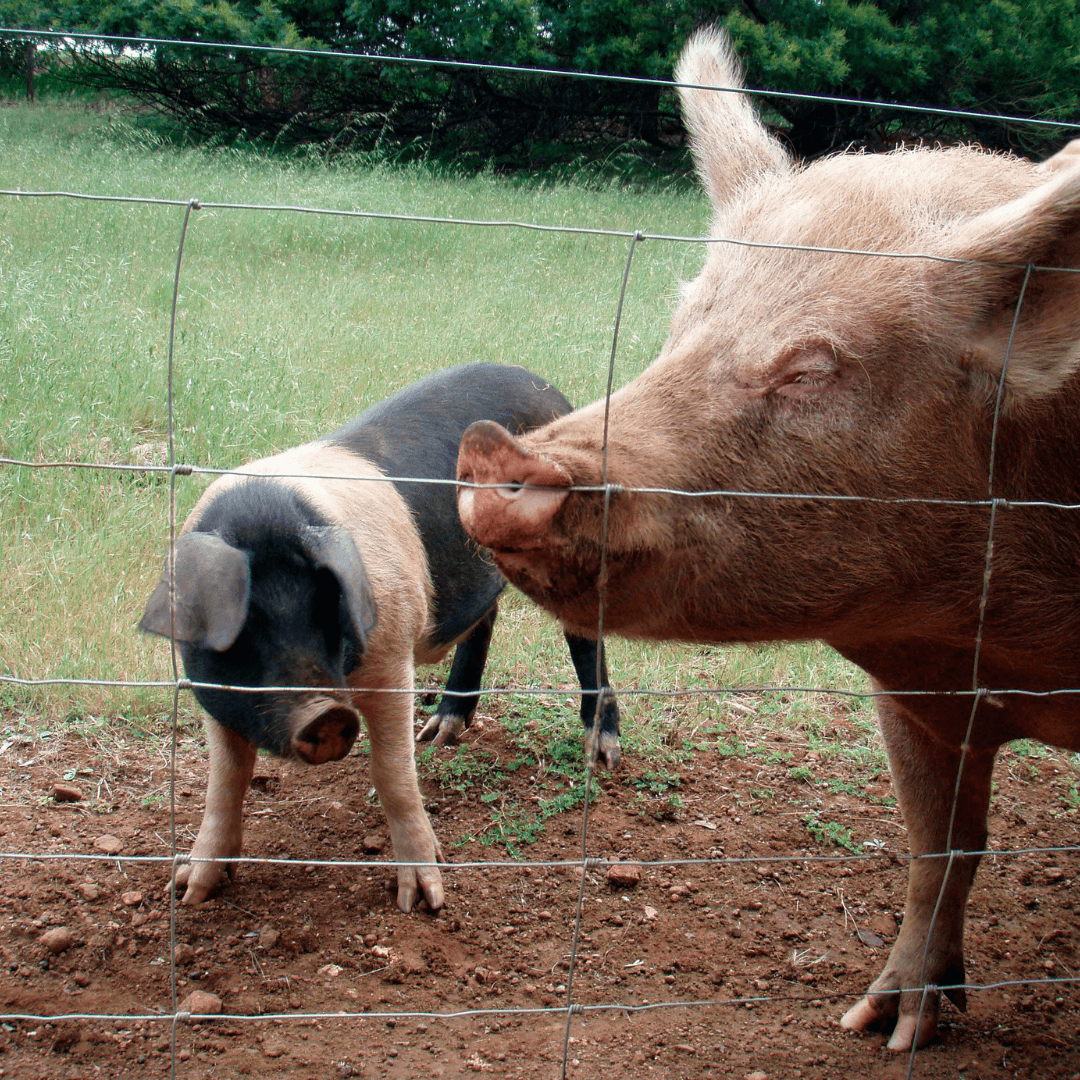
Animal Welfare
Animal Welfare In Real Leather Production
One of the foremost ethical concerns surrounding real leather production is its direct impact on animal welfare.
Leather sourcing involves using animal hides, primarily from cows, sheep, goats, and other livestock.
These animals are often raised in large-scale farming operations, and their conditions can be harsh and stressful.
From crowded feedlots to long-distance transportation, many animals face discomfort and distress.
Moreover, the process of obtaining hides can be inherently cruel. Animals are typically subjected to dehorning, tail docking, and castration without anesthesia or pain relief.
The slaughter process itself can be stressful and inhumane. Leather production contributes to the demand for these practices and indirectly supports the ethical concerns associated with the treatment of animals in the livestock industry.
Cruelty-Free Nature Of Vegan Leather
Vegan leather, on the other hand, is celebrated for its cruelty-free attributes, making it a compelling choice for those who prioritize animal welfare.
Vegan leather is created without animal hides, eliminating the need to raise and slaughter animals for their skin.
Instead, it is crafted from plant-based materials or synthetic compounds, reducing animal harm and avoiding the ethical dilemmas associated with real leather.
Vegan leather aligns with the principles of ethical consumerism, providing an option for individuals who wish to enjoy the benefits of leather-like materials while ensuring that no animals are harmed in the process.
Its cruelty-free nature is a compelling reason many people opt for vegan leather products, recognizing that they can make stylish, sustainable, and compassionate choices without compromising aesthetics or functionality.
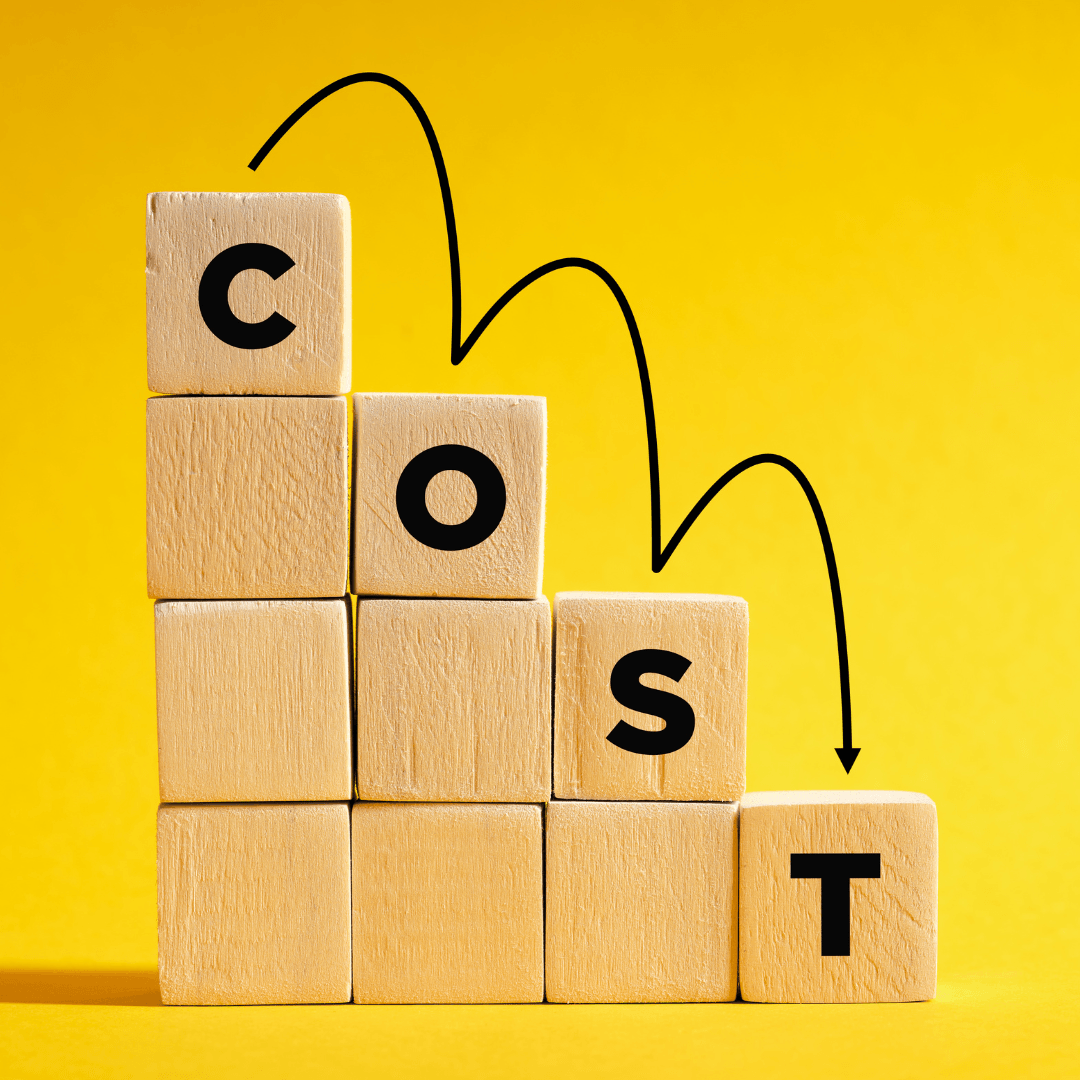
Comparing The Cost Of Vegan Leather And Real Leather Products
Affordability Of Vegan Leather
One of the most prominent distinctions between vegan and real leather is its cost. Vegan leather products are generally more affordable than their real leather counterparts.
This price advantage is primarily attributed to the production processes involved. Vegan leather can be crafted from various materials, including synthetic polymers like polyurethane (PU) or polyvinyl chloride (PVC), often less expensive to manufacture than tanning real animal hides.
Moreover, vegan leather production is typically more resource-efficient, resulting in lower production costs reflected in the final price tag.
As a result, consumers looking for stylish and sustainable alternatives to real leather can find a wide range of affordable vegan leather products, including shoes, bags, and accessories, without compromising on quality or style.
Real Leather's Luxury Premium
Real leather products, on the other hand, are often associated with luxury and premium pricing.
Various factors, including the quality of the leather, brand reputation, and craftsmanship, influence the cost of real leather items.
High-end fashion houses and luxury brands frequently use real leather for their products, which contributes to their elevated price points.
Additionally, real leather is known for its durability and longevity, which can justify the higher initial investment for some consumers.
While real leather can be seen as an investment due to its ability to age beautifully and last for many years, it also carries a luxury premium that places it in a higher price bracket than vegan leather alternatives.
This positioning makes real leather products aspirational for some and exclusive in terms of pricing, catering to those who prioritize traditional luxury and craftsmanship in their fashion choices.
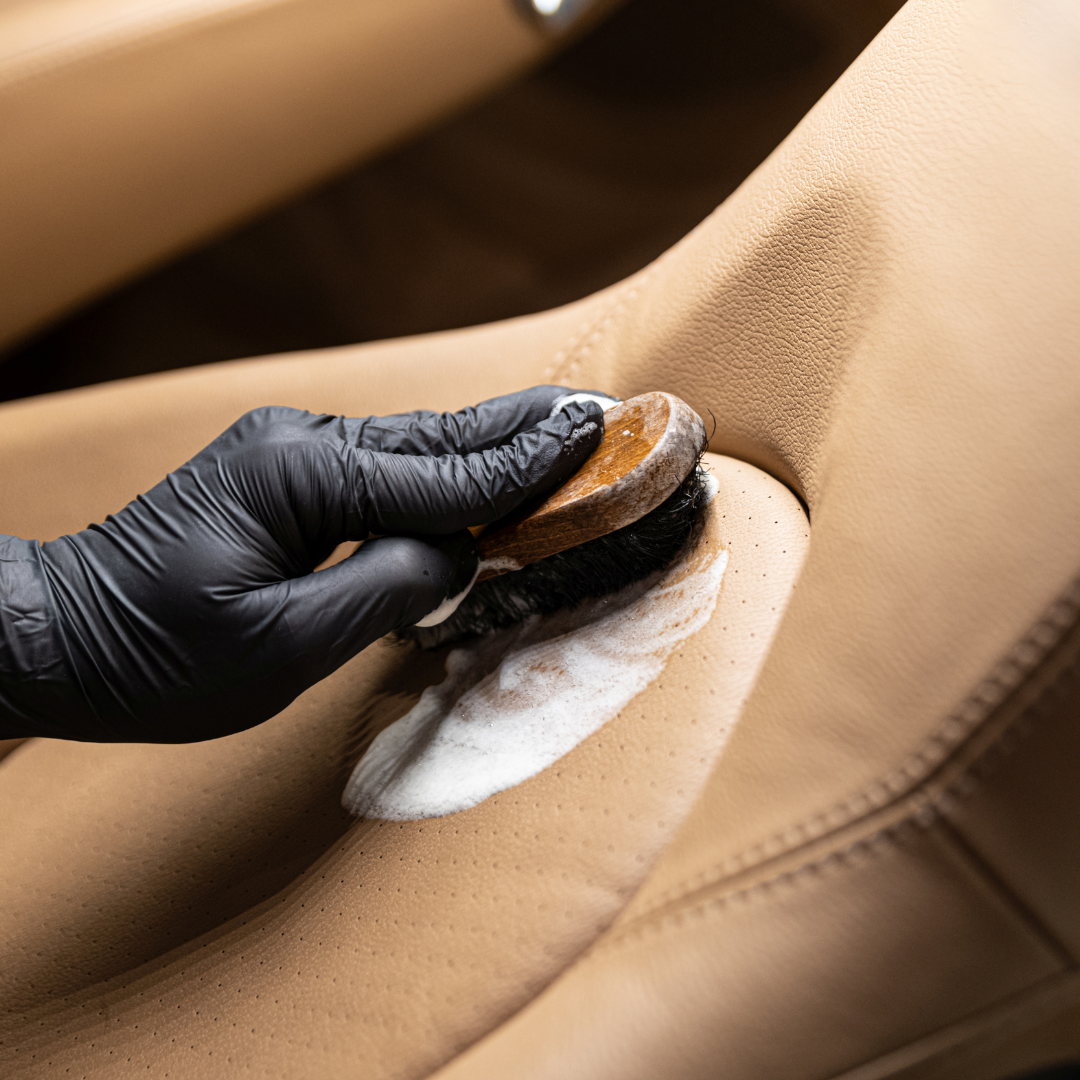
Maintenance And Care
Maintenance And Care for Real Leather
1. Regular Cleaning
Regular cleaning is essential to prolong the life of your real leather items, such as leather jackets, bags, or shoes.
Start by dusting off any surface dirt or debris with a soft, dry cloth or a leather brush. Use a leather-specific cleaner or mild soap and water mixture for deeper cleaning.
Gently wipe the leather with a damp, lint-free cloth, then immediately pat it dry with another clean cloth. Avoid saturating the leather, as excessive moisture can damage it.
2. Conditioning And Moisturizing
Real leather can use periodic conditioning to maintain suppleness and prevent drying or cracking.
Readily available leather conditioners help to replenish the natural oils in the leather. Apply the conditioner sparingly and evenly, following the product instructions.
Be sure to test a small, inconspicuous area first to ensure compatibility. Conditioning should be done every few months or as needed, depending on the climate and use of the item.
Maintenance And Care For Vegan Leather
1. Gentle Cleaning
Vegan leather can usually be easily cleaned. Use a soft, wet cloth or sponge to remove surface dirt or stains.
To make a soapy solution for harder stains, combine water and a tiny bit of mild soap.
Use a sponge or towel dampened with soap to rub the soiled area gently; avoid scrubbing the fabric too vigorously to avoid damaging it. Rinse the cloth, then blot any soap scum off it.
2. Avoid Harsh Chemicals
Unlike real leather, vegan leather doesn't require conditioning or moisturizing since it doesn't have natural oils to replenish.
However, avoiding harsh chemicals, acetone, or alcohol-based cleaners is crucial, as they can degrade the synthetic material.
Stick to mild, non-abrasive cleaning solutions to ensure the longevity of your vegan leather items.
By following these maintenance and care tips, you can extend the lifespan of real and vegan leather items, keeping them in good condition and looking their best for years.

Availability And Market Trends
Growing Popularity Of Vegan Leather
1. Fashion Industry Revolution
Vegan leather has witnessed a remarkable surge in popularity within the fashion industry.
As consumers increasingly prioritize sustainability and ethical considerations in their purchasing decisions, fashion brands respond by incorporating vegan leather into their collections.
From high-end designers to fast-fashion retailers, vegan leather's versatile and cruelty-free nature appeals to a broad audience.
It has become a symbol of fashion-forward consciousness, representing a shift towards more ethical and sustainable fashion choices.
2. Automotive Industry Advancements
Beyond fashion, vegan leather also makes significant inroads into the automotive industry.
Car manufacturers are turning to vegan leather for interior upholstery as a sustainable and cruelty-free alternative to traditional leather.
This trend aligns with the broader automotive industry's efforts to reduce its environmental footprint and appeal to eco-conscious consumers.
Vegan leather interiors are now available in a wide range of vehicle models, catering to those who prioritize ethical and sustainable options in their automotive choices.
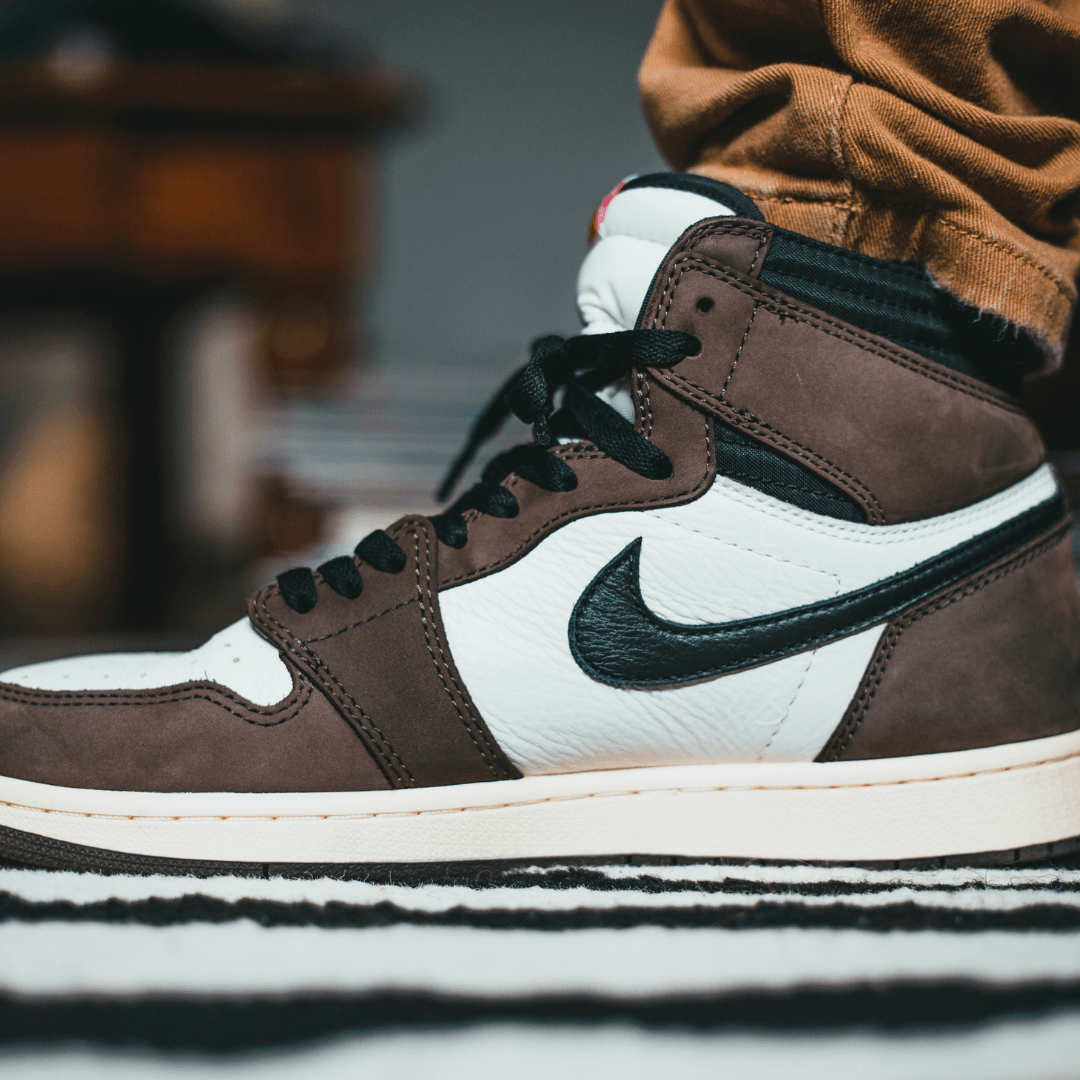
Notable Brands Embracing Vegan Leather
Stella McCartney
Renowned fashion designer Stella McCartney is a trailblazer in sustainable and vegan fashion.
Her brand has consistently used vegan leather in its collections, setting a precedent for other luxury fashion houses to follow suit.
McCartney's commitment to cruelty-free materials has inspired many other designers to explore vegan alternatives.
Tesla
In the automotive world, Tesla, the pioneering electric vehicle manufacturer, offers a synthetic vegan leather option for its car interiors.
Tesla caters to environmentally conscious consumers by providing a cruelty-free choice and contributes to the broader shift towards sustainable mobility solutions.
These examples illustrate vegan leather's increasing presence and acceptance across diverse industries, reflecting the evolving consumer preferences and values prioritizing sustainability, ethics, and cruelty-free alternatives.
As the demand for vegan leather continues to rise, its prominence in both fashion and automotive sectors will likely expand further in the coming years.
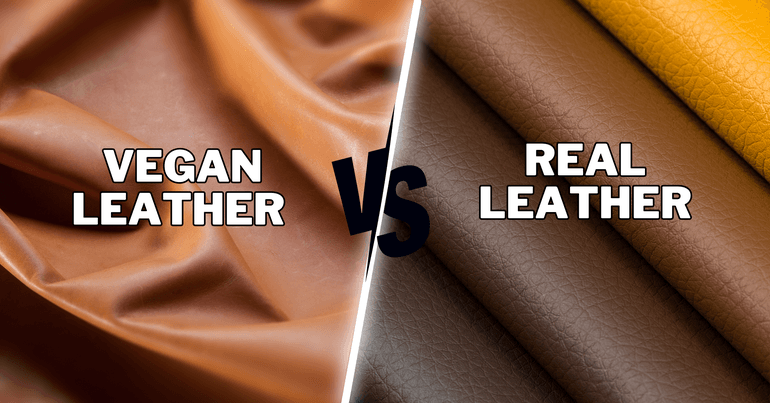
Conclusion
As consumers, we stand at a crossroads where tradition meets transformation, and ethics intersect with aesthetics.
The choice between vegan and real leather is not merely about fashion; it reflects our evolving values.
It is a recognition that style can coexist with ethics, that luxury can align with sustainability, and that our choices can profoundly impact the world around us.
There is no clear victor in this duel, for both materials have their merits and serve different needs.
Instead, the power of choice emerges—a choice that allows us to navigate the world of fashion and consumerism with greater consciousness.
It is a reminder that the evolution of fashion is not a departure from tradition but an evolution toward a more compassionate and sustainable future.
Ultimately, whether we choose the elegance of real leather or the ethics of vegan leather, we engage in a dialogue with our values, shaping an industry that is more considerate of animals, the planet, and our fellow humans.
It is a testament to the ever-expanding realm of possibilities, where fashion meets conscience, and our choices become a statement of who we are and what we stand for in this complex world of style and substance.
I trust you enjoyed reading the article about Vegan Leather vs Real Leather. Would you please stay tuned? There are more blog posts to come very shortly.
JeannetteZ
>>>Please click here to read my Vegan Travel Guides To World Destinations<<<
>>>Do You Want To Surprise Your Family And Guests With Delicious Vegan Lunches And Dinners Regularly? Become A Member At Veecoco – My #1 Recommendation – And Have Access To Over 700 Delicious, Healthy AND 100% Vegan Recipes<<<
Your Opinion Is Important To Me
Ideas? Thoughts? Questions? I would love to hear from you. Please leave me your questions, experiences and remarks about Vegan Leather vs Real Leather in the comments section below. You can also reach me by email at Jeannette@LivingTheVeganLifestyle.org.
>>>Please click here to read more about Vegan Leather on Peta.org<<<
Disclosure
This post may contain affiliate links. I earn from qualifying purchases as an Amazon Associate and other affiliate programs. Please read my full disclosure.
You might also enjoy these blog posts:
Best Eco-Friendly Vegan Leather Alternatives
Best Online Shops To Buy Vegan Leather Products
Best Places To Buy Vegan Leather
